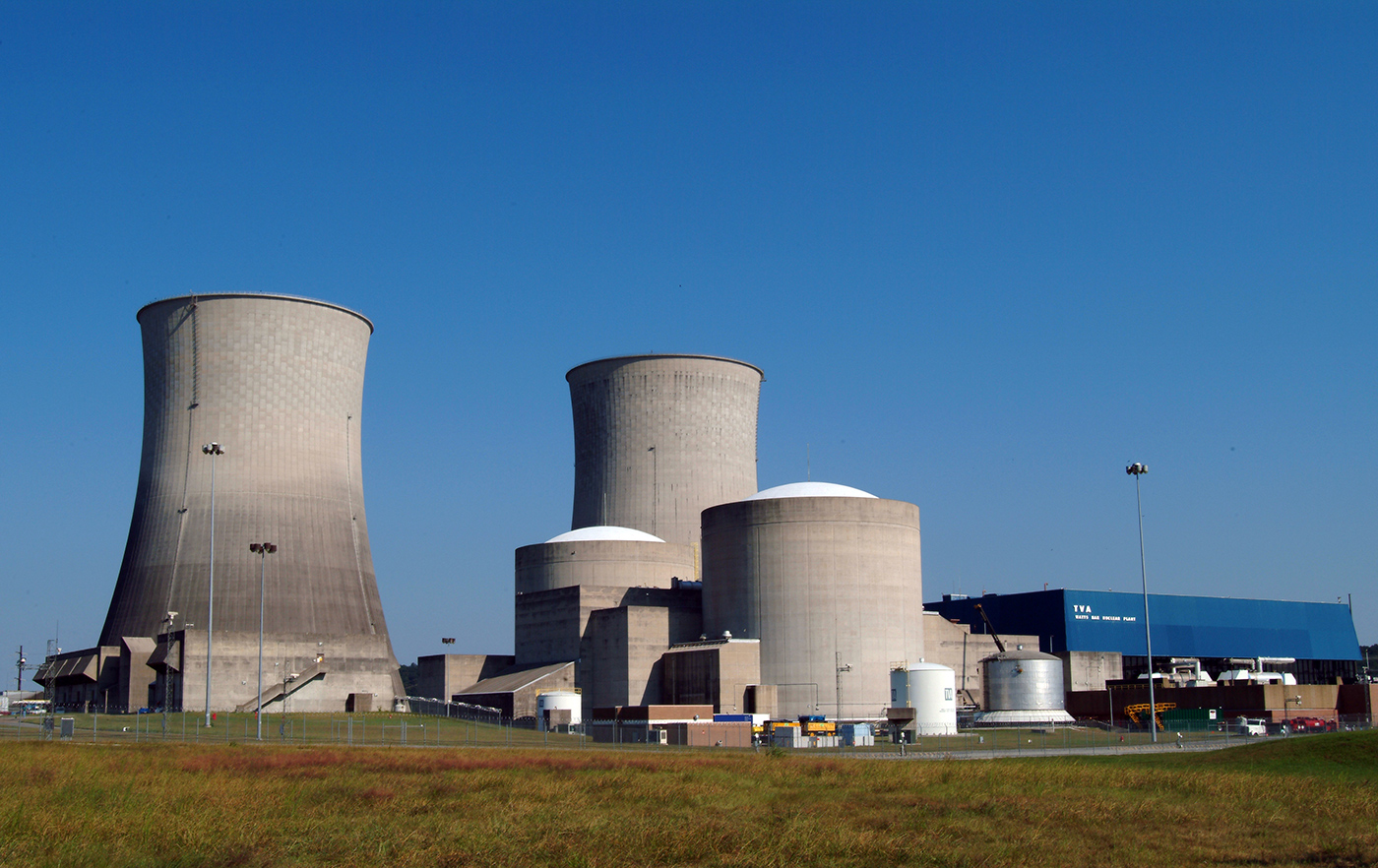Generating as much as 44 trillion watts of heat the earth is radioactive scientists have found that half its energy source is the radioactive decay of certain elements in its crust and mantle

The Earth’s Radioactivity: Unveiling its Power Source

Introduction
Did you know that the Earth is radioactive? Generating an astounding 44 trillion watts of heat, our planet harbors a remarkable energy source hidden within its very core. Scientists have made groundbreaking discoveries, revealing that half of this incredible energy stems from the radioactive decay of certain elements found in the Earth’s crust and mantle1^.
The Earth’s Energy Source
The Earth’s radioactive energy originates from the decay of several elements, such as uranium, thorium, and potassium. These elements can be found abundantly in the Earth’s crust and mantle. As their atoms disintegrate, they release energy in the form of heat. This natural process, known as radioactive decay, accounts for roughly 50% of the Earth’s immense power1^.
An experiment conducted by the KamLAND collaboration, conducted deep inside a Japanese mine, detected ghostly particles called geoneutrinos. These geoneutrinos provided scientists with crucial insights into the nature of Earth’s radioactivity. By studying the geoneutrinos arising from the Earth’s interior, researchers were able to estimate the amount of heat generated by radioactive decay1^.
Powering the Planet
The immense heat generated by radioactive decay plays a fundamental role in shaping the Earth’s geological phenomena. It drives volcanic activity, creating awe-inspiring eruptions that shape our landscapes and replenish nutrients in the soil. It also contributes to the movement of tectonic plates, which gives rise to earthquakes and the formation of mountains1^.

Utilizing Earth’s Radioactivity
Understanding the Earth’s radioactivity is more than a scientific curiosity; it has practical applications as well. Nuclear power plants tap into this vast energy source to generate electricity for millions of people around the world. By harnessing the heat produced by radioactive decay, these power plants can convert water into high-pressure steam. This steam then drives turbines, which generate clean and reliable electricity1^.
Not only does nuclear power contribute to the global energy supply, but it also helps reduce greenhouse gas emissions, as it produces electricity without the combustion of fossil fuels. This plays an essential role in mitigating climate change and creating a sustainable future.
Conclusion
In conclusion, the Earth’s incredible power lies deep within its core, where elements decay and produce an astonishing amount of heat – a whopping 44 trillion watts. The discovery of this radioactive energy source has provided scientists with valuable insights into our planet’s geological dynamics. Moreover, by leveraging this power, mankind has tapped into the potential of nuclear energy, harnessing it to create a sustainable future while minimizing greenhouse gas emissions1^.
Related Posts
Quick Links
Legal Stuff

